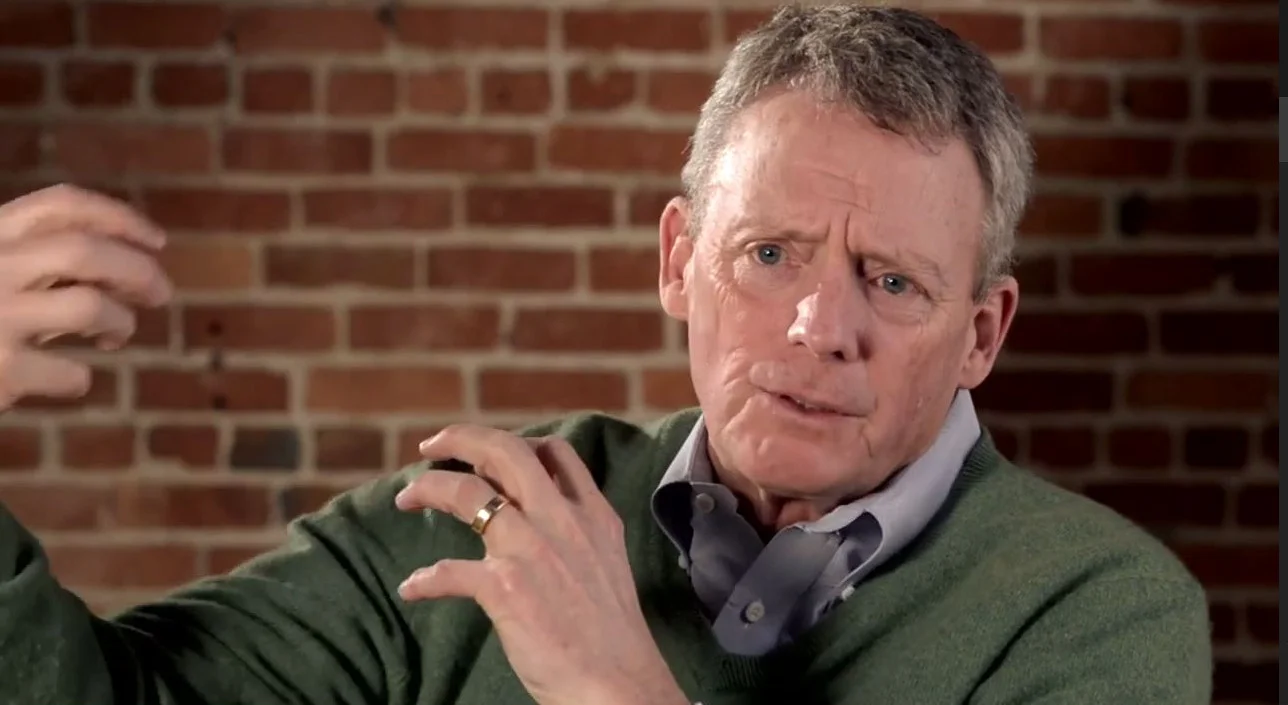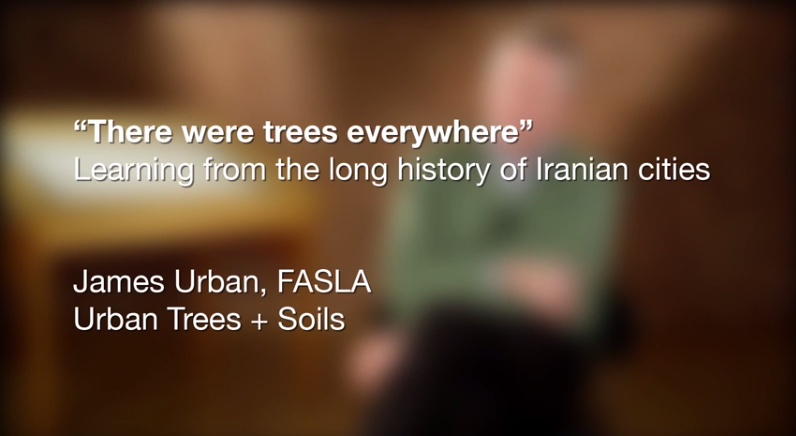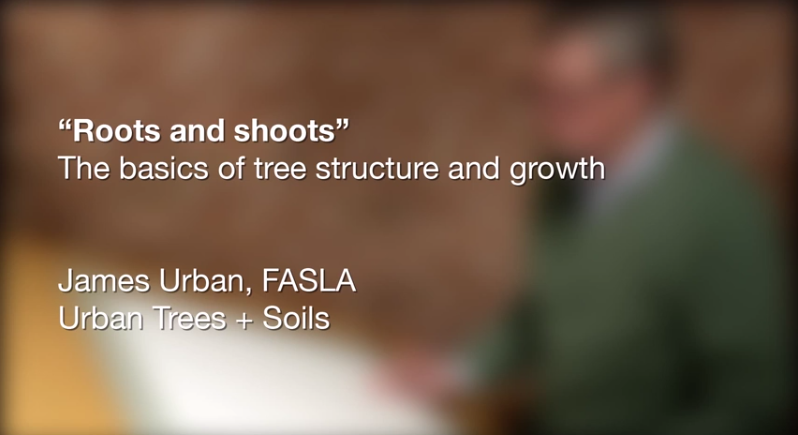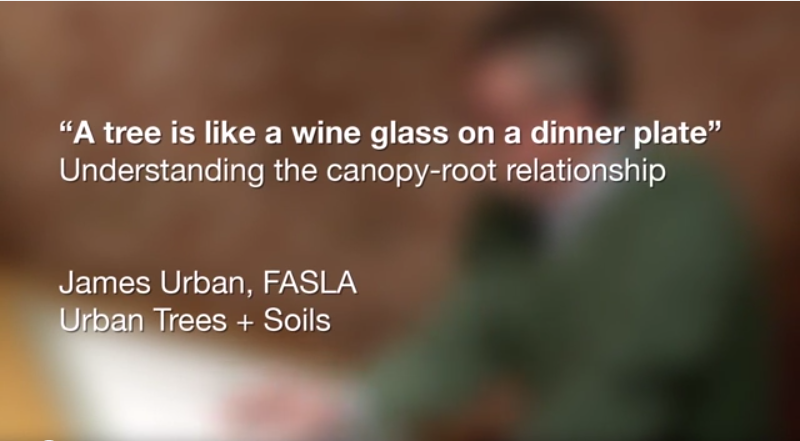VIDEO INTERVIEWS
Every Project Needs a Lorax - Jim discusses how he went from practicing general landscape architecture to specializing in trees, soils, and stormwater, the major influences on his career, his concerns about the profession today - and his hopes for the future.
After finishing college in 1973, Jim and his wife enlisted in the Peace Corps. They were stationed in Iran, where they lived until 1975. Jim worked for the state planning office in Masshad, designing small parks and doing city planning for small cities with populations below 30,000.
In this interview, Jim discusses how his work brought him back and forth between these small towns and the large city of Masshad, where he was captivated and surprised by the quality of the street trees that he encountered, which were thriving with seemingly little effort, in the dry, desert soil. Upon closer inspection, he learned that these prosperous trees were flourishing because of an ancient irrigation system that uses Qanats, which was developed in Iran (Persia) 3,000 years ago.
The way we plan for trees in cities has little to do with how trees grow - and everything to do with how roads, buildings, and utilities are constructed. How do trees really grow? What is their structure? Can we use our understanding of these factors to influence how we design our environments and plant them?
In this video, Jim explains the basics of tree structure and growth, giving a special nod to the American colonists, who plotted the American revolution around a famous tree. “People have always gathered around trees," he says while sketching the above and below ground portions of a tree, "and that’s been true since time immemorial, a gathering place for all different cultures. It provides protective shading, protection from the rain, protection from the sun, and it’s just a natural place to be.”
In 1978, Jim had a chance meeting with a man named Tom Perry that forever changed the course of his career.
Tom was a microbiologist with a PhD from Harvard. He was working for the Forest Service in the urban forestry department. Jim explains: “Tom’s the one who really started looking into this [urban tree planting] enough to really make a difference."
Tom was also the originator of the analogy that a tree is like a wine glass on a dinner plate, for describing the canopy-root relationship. In this video, Jim describes this relationship while illustrating it visually in a sketch.




